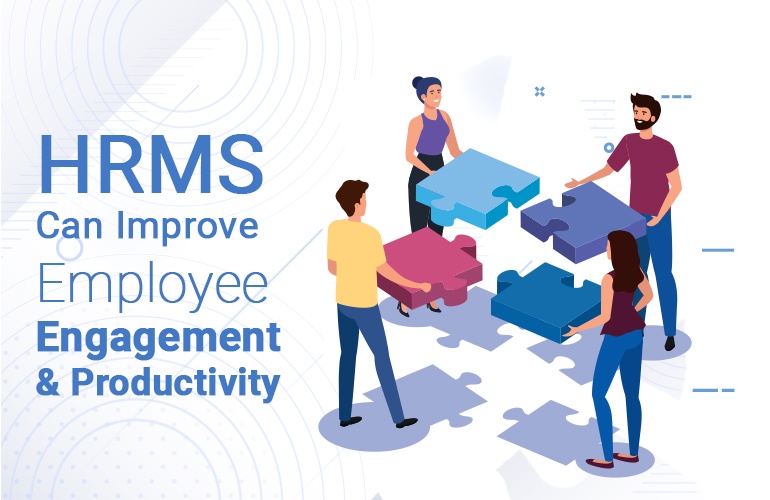In today's fast-paced business environment, employee engagement and productivity are critical to an organization's success. HR departments have long been tasked with managing employee performance and satisfaction.
With the advent of modern HRMS (Human Resource Management Systems), this task has become more streamlined and effective.
HRMS platforms provide a wide range of tools and features to help organizations enhance employee engagement and productivity.
These include employee self-service portals, performance management, and learning management systems. In this guest post, we will explore how these tools can improve engagement and productivity in the workplace.
- Employee Self-Service Portals
Employee self-service portals are one of the key features of HRMS platforms. These portals allow employees to access their personal data, such as pay stubs, benefits information, and time off requests, from anywhere with an internet connection.
This gives employees greater autonomy and control over their work-related information, leading to higher satisfaction and engagement.
In addition to improving employee engagement, self-service portals can enhance productivity by reducing the time and effort required to manage administrative tasks.
For example, employees can submit time off requests or update their personal information without involving HR staff, freeing up time for HR to focus on more strategic initiatives.
- Performance Management Systems
Performance management is an essential aspect of employee engagement and productivity. HRMS platforms provide powerful performance management tools that allow managers to set goals, track progress, and provide employee feedback.
This creates a culture of continuous feedback and improvement, leading to higher levels of engagement and performance.
Performance management systems also help managers identify areas where employees may require additional training or development, allowing organizations to provide targeted training to improve skills and knowledge. This can lead to higher productivity levels as employees become more proficient in their roles.
- Learning Management Systems
In today's rapidly changing business environment, employee training and development are critical to staying competitive. HRMS platforms offer to learn management systems with a centralized platform for delivering and tracking training and development programs.
These systems can improve engagement and productivity by providing employees with access to training materials to help them perform their roles more effectively.
In addition to providing training materials, learning management systems allow organizations to track and measure employee progress, enabling HR departments to identify gaps in knowledge or skills and provide additional support where necessary.
Here are some additional points that make HRMS an important part of employee engagement and productivity:
- Streamlining Onboarding:
HRMS can improve the employee experience from the very start with the help of streamlined onboarding processes. HRMS allows companies to send digital offer letters, contracts, and other documents to new hires, reducing the paperwork burden on HR departments.
With a fully integrated HRMS, new hires can complete all the required paperwork online, including verifying personal information, tax documents, and other required forms, before their first day of work. This helps employees to feel welcome and supported from day one, setting the stage for a positive onboarding experience.
- Training and Development:
HRMS can help companies to identify skills gaps and provide opportunities for employee development. With an HRMS, managers can track employee training and development, identify areas where additional training is required, and provide employees with the necessary resources to enhance their skills.
By investing in their employees' development, companies can demonstrate that they value their employees and are committed to helping them grow professionally.
- Time and Attendance Tracking:
HRMS can automate time and attendance tracking, simplifying the process for employees and HR departments. With an HRMS, employees can clock in and out digitally, reducing the need for manual tracking and minimizing errors. This helps to ensure that employees are accurately paid for their time worked while also reducing the burden on HR teams who previously had to manually track and manage employee hours.
By leveraging the capabilities of HRMS, companies can boost employee engagement and productivity, leading to a more motivated, efficient, and effective workforce.
In conclusion, HRMS platforms offer a range of tools and features that can improve employee engagement and productivity. By providing self-service portals, performance management systems, and learning management systems, organizations can empower employees to take control of their work-related information, improve their skills and knowledge, and perform at their best.
Implementing an HRMS platform can be a significant investment. Still, the benefits of engagement, productivity, and overall performance make it well worth the investment.


No comments yet